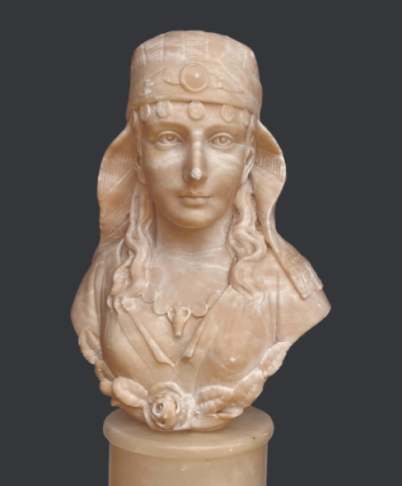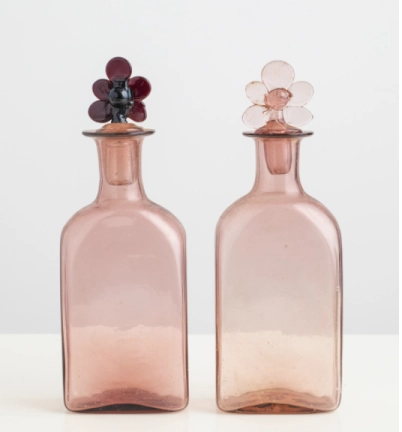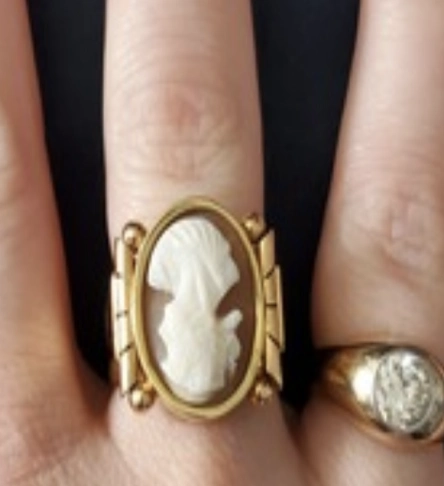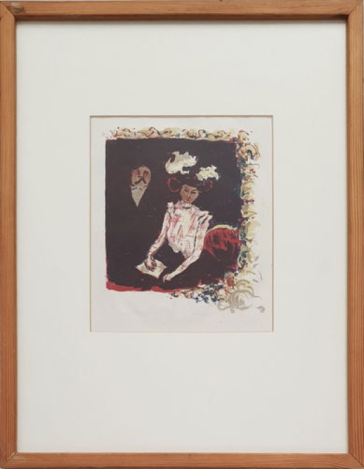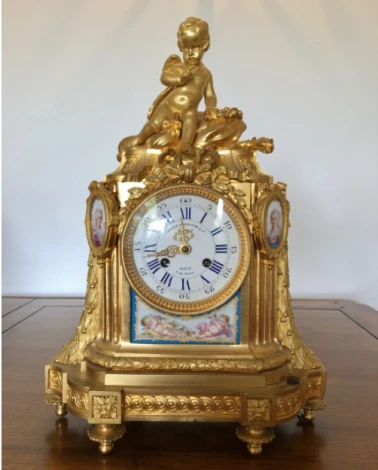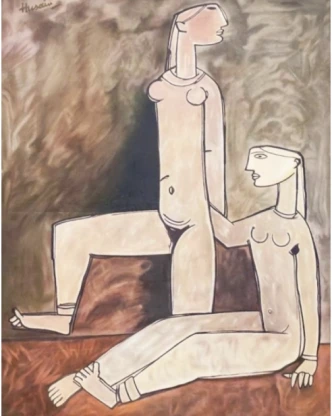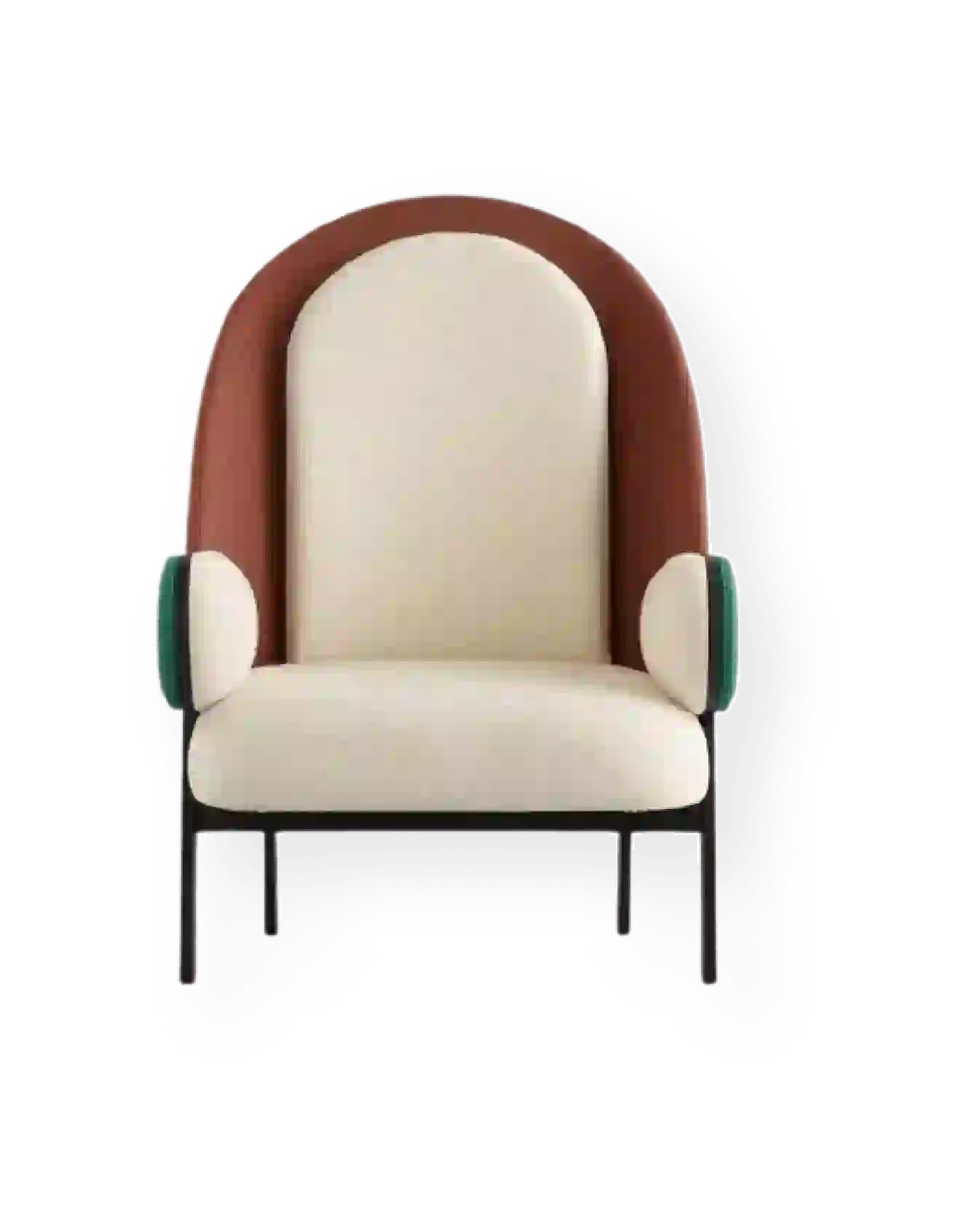Quick and affordable online appraisals of lithographs


Quick and affordable online appraisals of lithographs
How much is my lithograph worth?
Have you recently inherited or purchased a lithograph and want to know its value? Mearto provides quick and affordable online appraisals of lithographs. All you have to do is click on the “Start Appraisal” button above and follow the steps to send us information about and images of your lithograph. One of our qualified and experienced specialists will review and get back to you with a fair market and insurance value, typically within 48 hours.
Have questions about the valuation provided, or would you like some advice about selling your lithograph? We are here to help! Our platform allows you to chat back and forth with a specialist to ensure that all of your questions are answered.
What is a lithograph?
A lithograph is the resultant print of a process called lithographic printing. Lithography can be used to print text or art work onto paper or other materials. Originally, there were at least two different methods of lithographic printing: one involved the immiscibility of oil and water and the other used limestone. Lithographic printing was invented in 1796 by a German author and actor named Alois Senefelder who developed the printing method out of necessity in order to cheaply print and publish theatrical works.
How is a lithograph made?
The traditional method of creating a lithograph originally consisted of an image drawn with oil, fat, or wax on a smooth, level limestone plate. The stone was then treated with a mixture of acid and gum arabic. This mixture would etch into the part of the stone that was not protected by the grease-drawn image. The stone would then be moistened and the etched areas would retain water. An oil-based ink could then be applied and would stick only to the original drawing.
A lithographic print is made through a simple chemical process. The positive part of the image is made to be hydrophobic or water-repelling while the negative part of the image is hydrophilic or water-retaining. When the image plate is introduced to a compatible ink and water mixture, the ink will adhere to the positive part image and clean the negative part of the image. The image can be then transferred to the final page. It is very important to consider that the image on the limestone print will need to be a mirror image of the desired print in order for the print to come out correctly oriented.
Today, the complex methodology of traditional lithographic printing has changed, thought the principles remain the same. In modern lithographic printing methods, the image is polymer coated and applied to a flexible plastic or metal plate. Again, the orientation of the image must be reversed in order to produce the final image correctly. The image can then be printed directly from the plate.
What are the most expensive lithographs ever sold?
Many great artists have experimented with prints, and prints executed by any method can be worth a lot of money. The etching La Minotauromachie, made by Picasso in 1932, broke records by fetching a price of $1.98 million at auction. One of the most expensive lithographs ever sold was by Currier and Ives for $76,000, a successful American printing company active from the 19th and 20th centuries.
How is the value of a lithograph determined?
When identifying a quality print, it is important to first assess the overall physical condition of the print. Is the impression complete? What is the condition of the paper? Look for a watermark or signature.
Value of the print can also be influenced by the number of the print if the individual was a part of a series. This will be indicated at the bottom of the print and appear as a fraction indicating the number of the print out of the total number in the series. The denominator (or total number in the print run) will indicate that the artist destroys the plate after the total number of prints has been pulled, ensuring that no more prints from this particular plate can be pulled again. The greater the number of prints, available of the particular image, the less valuable the individual print becomes.


